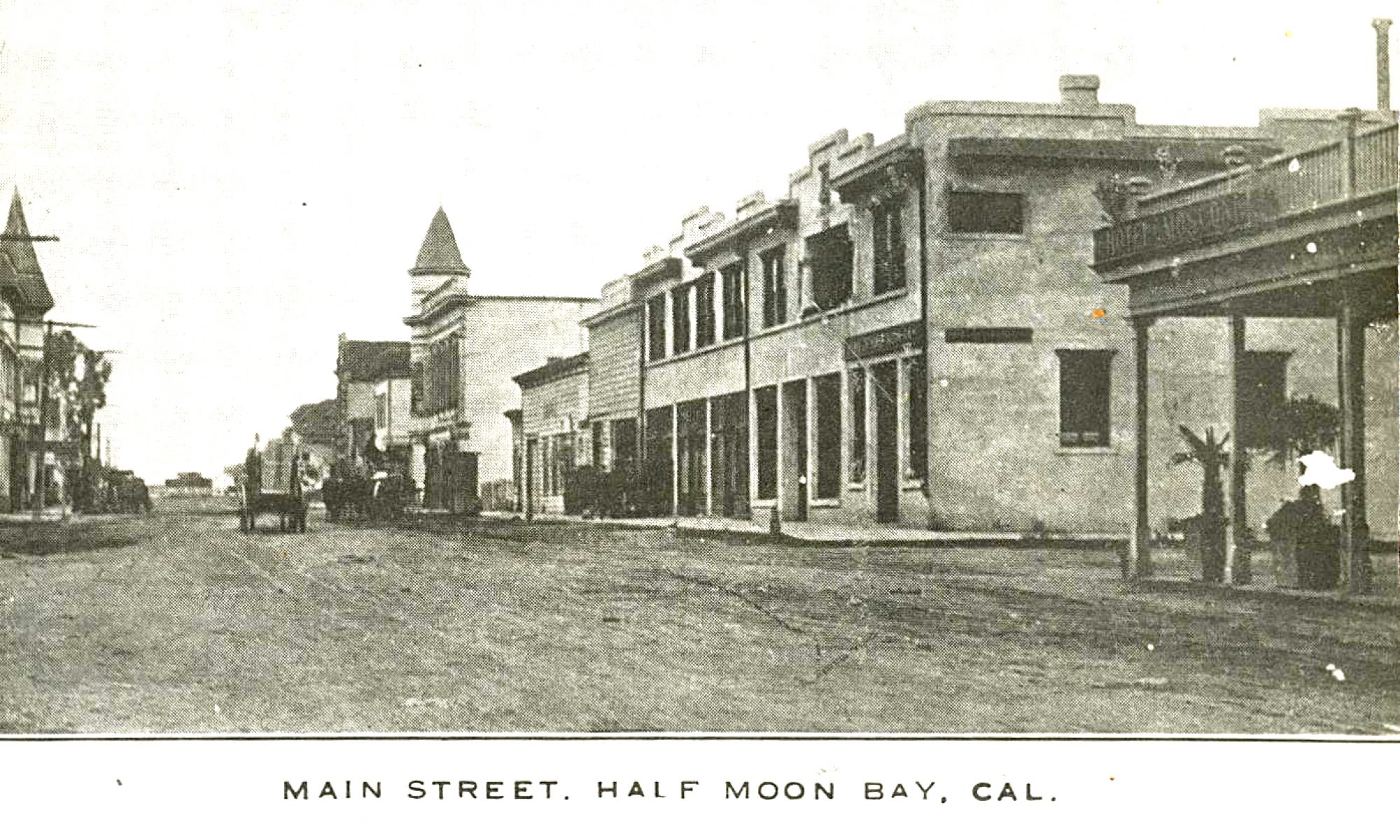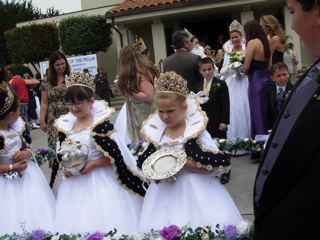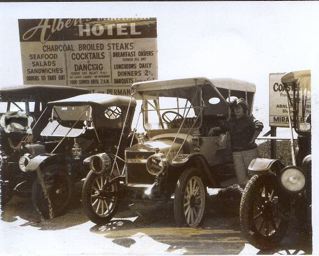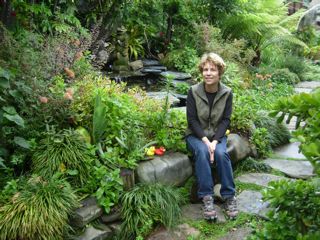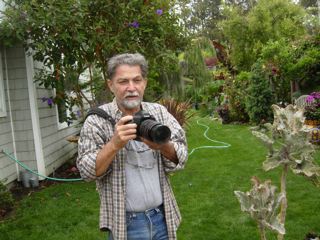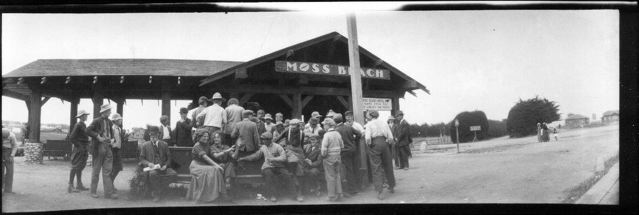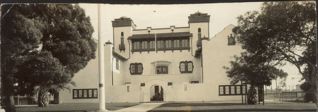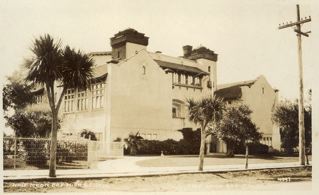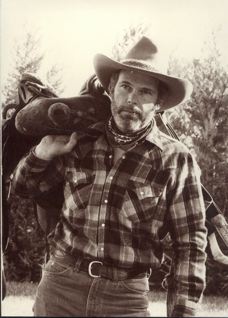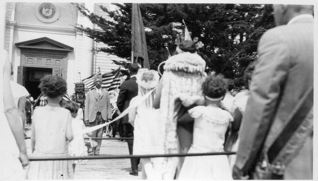 (Photo: 1928 Holy Ghost Festival, Half Moon Bay).
(Photo: 1928 Holy Ghost Festival, Half Moon Bay).
When Laura Canadas Azevedo was 15 years-old in 1920, the Half Moon Bay teenager looked forward to the annual Chamarita, an evening of dancing during the historic Holy Ghost Festival–a time of thanksgiving for the Coastside’s Portuguese community.
(Only on the Coastside is the event dubbed the “Chamarita–other Portuguese-American communities refer to the event as the “Holy Ghost Festival.”}
It was easy to understand that for Laura and her girlfriends, the dancing was the best part of the three-day religious celebration. The highlight for both young and old was the traditional Portguese folk dance called “the Chamarita.”
“Our families taught us to dance at the Chamarita,” Laura Azevedo told me.We would waltz, polka and do the fox trot. We would also do ‘schotises’. It’s a folk dance step,” she explained, eager to demonstrate. “It went, one, two, hop.”
Laura vividly recalled the pink Georgette dress she wore. “It was long waisted, beaded down the front and sleeveless with a scooped-out neckline.”
She stood among a sea of pretty Coastside girls, all chaperoned, waiting to be asked to dance–when a very good-looking fellow from nearby Higgins Canyon showed interest in her. His name was Fred Azevedo. He had never met Laura and asked a friend about the stunning young lady in the pink dress.
Laura felt lightheaded and flattered when Fred Azevedo slowly walked towards her.
“Fred asked me to dance,” she said, reliving that romantic, unforgettable moment. “We danced and danced and danced.”
Four years later the couple wed and moved from Half Moon Bay to Burlingame where Fred Azevedo operated the first Yellow Cab Company.
[In 2000, when I re-interviewed Laura Azevedo, she was 96-years-old]
